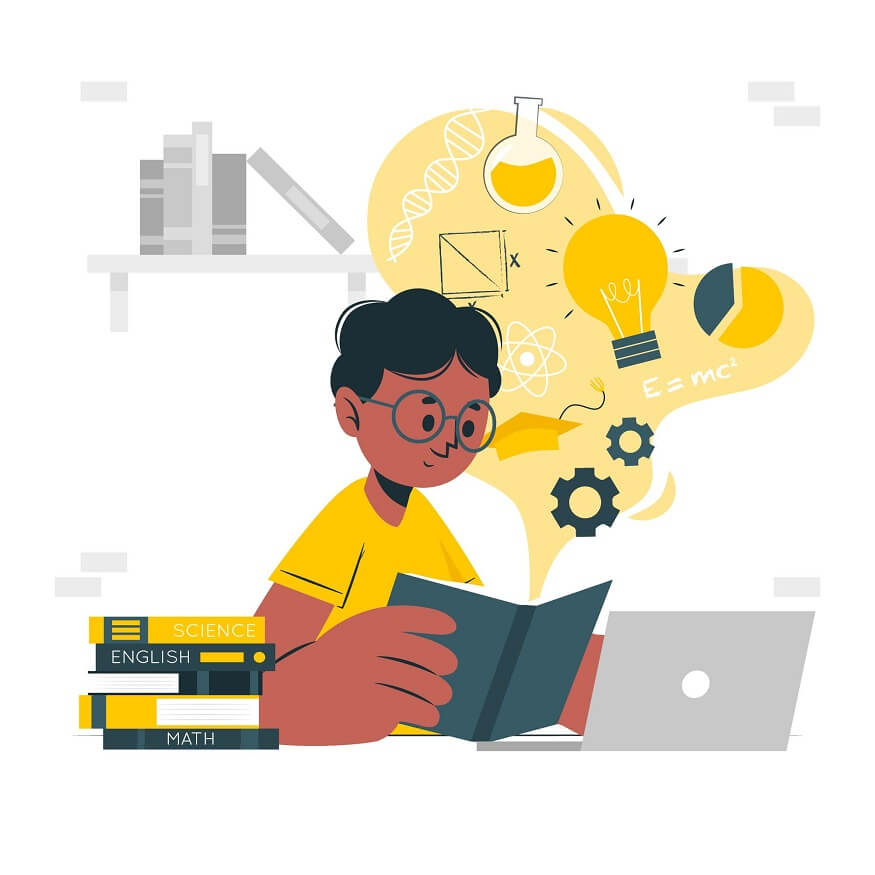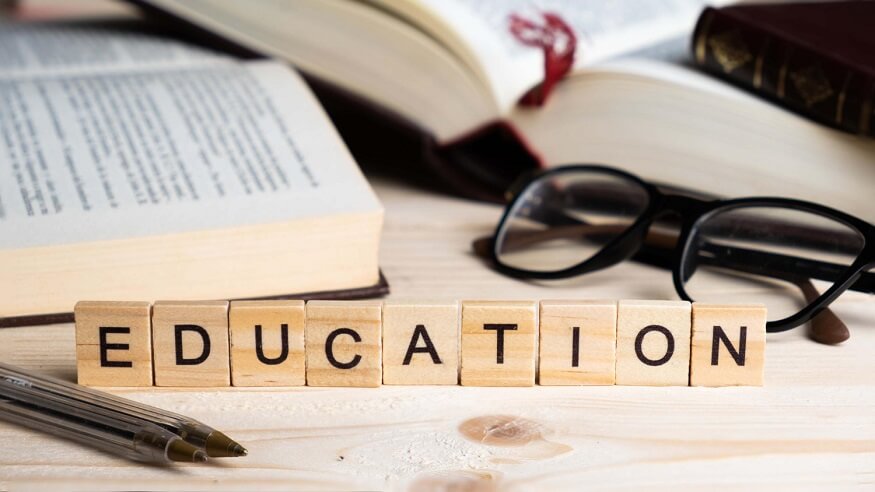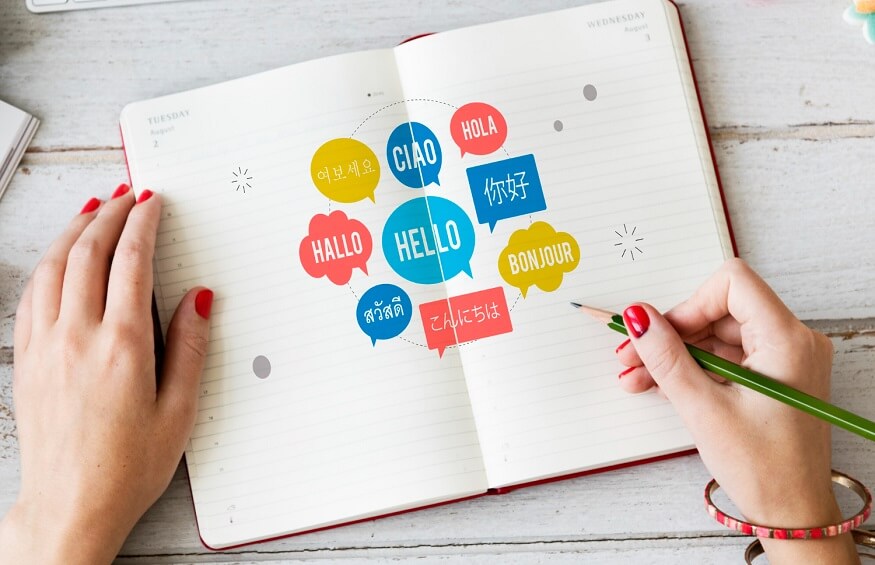Almost every person has spent a great deal of their life in a classroom, beginning in kindergarten and extending for years beyond. Some have a good relationship to learning, whereas some do not. Some want to keep learning and developing throughout their lives, whereas some never want to see another book again once after they graduate. This relationship was defined by various influencing factors during classroom learning. It could have been the teachers, it could have been the classroom environment, or the school culture. There are so many factors that could have built and developed either positive or negative feedback in a person’s life.
The digital economy is what makes or breaks the world today. The digital economy is also known as the Internet economy, new economy, and web economy. The advent of digital computer technology has had and still has a great impact on businesses or schools, or education institutes are run, and trade is done. The impact of the digital economy on student learning has made life easy by automating many processes. There are various good and bad impacts of the digital economy on student learning.
Some of the positive impact of the digital economy on student learning is that technology makes children independent learners. Children can use technology to explore their own skills and interests. With the proliferation of technology and the internet, students now have access to unprecedented amounts of information and resources that can enhance their learning experience.
One of the most significant impacts of the digital economy on student learning is the ability for students to access online educational resources. From online textbooks and lectures to interactive simulations and video tutorials, students can now access a wide variety of educational materials from anywhere at any time. This has made it much easier for students to learn at their own pace and in their own way, which can be particularly beneficial for students who have different styles of learning.
Another impact of the digital economy on student learning is the ability for students to collaborate and connect with others. With the use of online communication tools and social media platforms, students can now easily connect with classmates, teachers, and experts in their field.
According to research by John Hattie, PhD, a professor of education and the director of the Melbourne Education Research Institute, at the University of Melbourne, Australia. Along with his team, they did a comprehensive review of the research using a number point scale of 4-0, where they found positive influences on student learning leading to greater achievement for the student.
Also Read: Benefits of learning a second language in a child’s development
According to the report from the research, there were four influential strategies to improve student learning which came on the top and contributed to the highest impact on student learning.
1. Collective Teacher Efficacy
2. Student Expectations
3. Feedback
4. Teacher–Student Relationship
Collective Teacher Efficacy
It is when groups of teachers work together coming with confidence with their evidence of impact. It is when like-minded teachers come together and understand how they are going to have an impact on students. It is like putting in a year of input to reap the benefits of a year of growth. This is the focus that drives the teacher’s collective efficacy. There is minimal repetition and much innovation. Groups of teachers brainstorm to get a new and efficient method by coming up with innovative ideas by focusing on the end result of growth in students.
Collective teacher efficacy does not mean test scores and rankings. It does not mean when teachers come together to discuss kids or kids, about curriculum, assessment of student learning or about resources. This is very much related to high expectations, just as how teachers have expectations for their students. They tend to have either high or low expectations. As per the research, it shows two teachers, one having high expectations and the other one having lower expectations from their students. Both these expectations are realised, the higher and the lower one in years’ time. This would mean that having higher expectations and fulfilling those expectations has a more efficient growth outcome for the student.
Student Expectations
Not only do the teachers know about the grades and marks of each test and assignment. But students are also fully aware of where they stand in their learning and achievement. It does not mean only end-of-quarter evaluation or end-of-year evaluation disclosure. This means that week-wise updates about the performance of students and making them aware of the same, their performance, problematic areas, and improvement ideas.
Student expectations mean how closely teachers are monitoring progress, responding to students’ progress or otherwise, and providing constant feedback. Monitoring all students noticing who needs what and who is struggling, looking forward to making changes and plans and articulating feedback. Formulating real-time responses to students’ maximum within a week or within two weeks’ time.
Feedback
Feedback means accepting and demonstrating responsiveness towards students. Continuous feedback in the research showed a high percentage of impact on students’ learning leading to student achievements. Having discussion sessions, and one-to-one talks with students may help teachers to realise what the cause of distress is in case of any assessment of student learning.
Feedback must be in a timely manner if the memories of the events are fresh in the minds of the students. Teachers should commence by incorporating positive feedback first, this is great for starting off on the right foot. This way the student is much more likely to be open to negative feedback. Meaningful feedback is specific and targeted, for example, specifying the skill that needs improvement such as number sense, reading comprehension, and background knowledge about assessment of student learning.
Also Read: Learning Through Play: Theory, Activities and Examples
Teacher–Student Relationship
It is essential to establish a good rapport with the students. It is noticed that students tend to work like crazy for someone whom they have a strong connection with. Compared to someone who does not invest time in developing a soft relationship with their students. Teacher-student relationships are arguably the most important component of successful student learning. Having strong relationships with students builds trust which is needed for an honest conversation with the student and many more factors.
Building this trust is beneficial for both the student and teacher as it helps teachers to formulate a game plan for the students for their academic improvement and assessment of student learning, in turn, will show the readiness to follow the plan that the teacher or the group of teachers have come up with. This is how teachers impact on student learning in the best possible way.
These are some of the top strategies to improve student learning which makes the biggest impact on student learning. At EuroSchool we incorporate various strategies to improve student learning. Teachers impact on student learning by following the above pointers and developing great ideas.











